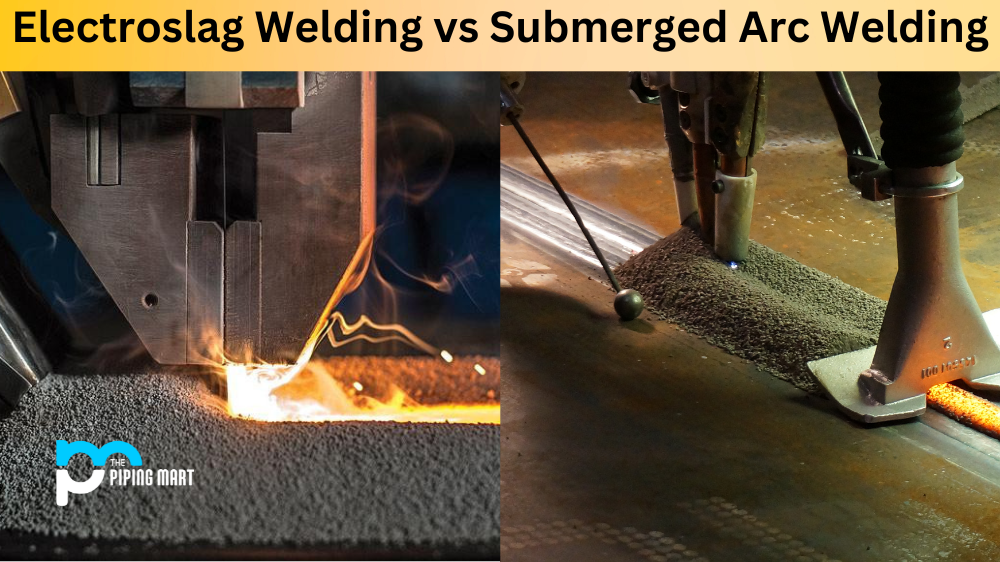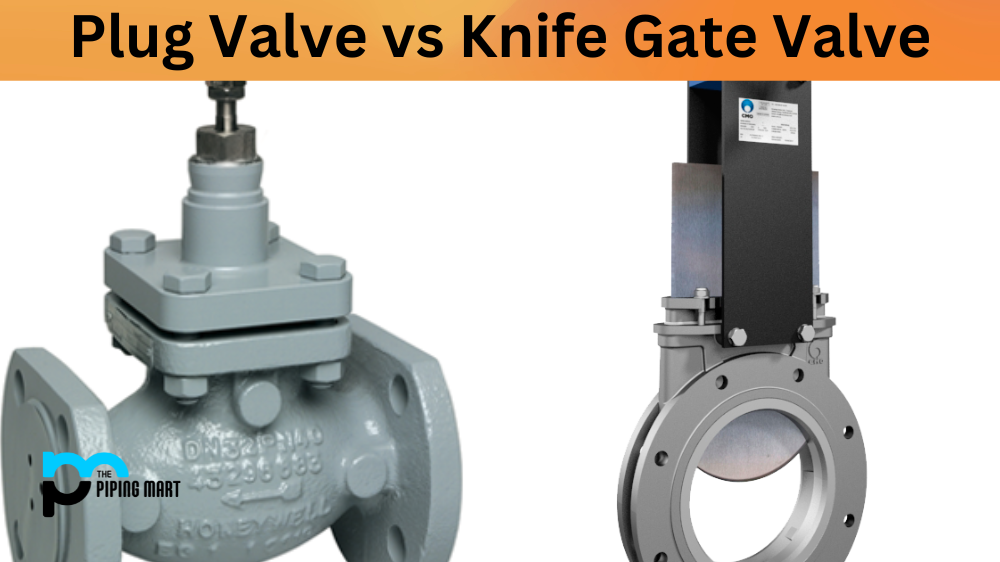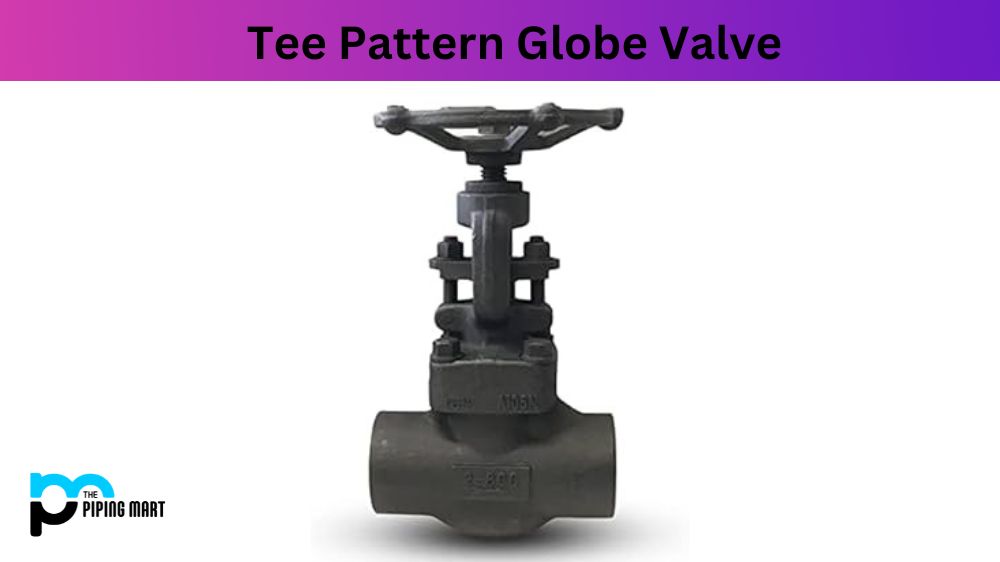If you’re looking for an effective way to join two pieces of metal together, electro-slag welding (ESW) and submerged arc welding (SAW) are two popular techniques that can be used. Both methods have advantages and disadvantages, so it’s important to understand each technique before deciding which is best for your project. Let’s take a closer look at ESW and SAW so you can make an informed decision.
Electroslag Welding
ESW involves passing a current through a metallic electrode in order to produce heat. This heat then melts the metal being joined together, creating a strong bond. One advantage of ESW is that it produces high-quality welds with minimal distortion. The welds produced by ESW tend to be very uniform in shape, making them ideal for projects where precision is key. Additionally, because the process does not require as much heat as other welding techniques, it’s less likely to cause any damage to the surrounding area.
Submerged Arc Welding
SAW uses an electric arc beneath a layer of flux powder in order to melt the metals being joined together. The flux powder helps protect the weld from oxidation while also improving its quality and strength. SAW tends to be faster than ESW, which makes it ideal for large-scale projects where speed is essential. Additionally, it requires less setup time than ESW since no additional materials are required beyond the flux powder and electrodes used during the welding process.
Difference Between Electroslag Welding and Submerged Arc Welding
Advantages of ESW
There are several advantages of electro-slag welding over submerged arc welding. One advantage is that ESW can be used to weld materials that are difficult to weld with SAW, such as high-carbon steels. ESW produces fewer fumes and spatter than SAW, making it cleaner. Finally, ESW is faster than SAW, which can save time and money on production costs.
Advantages of SAW
There are several advantages of submerged arc welding over electro-slag welding. One advantage is that SAW can be used to weld materials that are difficult to weld with ESW, such as aluminium alloys. Additionally, SAW produces less distortion than ESW, making it ideal for applications where precision is important. Finally, SAW is less expensive than ESW, making it a more cost-effective option for many businesses.
Conclusion:
In conclusion, both electro-slag welding (ESW) and submerged arc welding (SAW) can be used effectively when joining two pieces of metal together. While ESW produces high-quality welds with minimal distortion, SAW tends to be faster and requires less setup time than its counterpart. Ultimately, which method you choose will depend on factors such as budget constraints, timeline requirements, and desired outcome quality level. By understanding both processes in detail beforehand, you can make an informed decision about what type of welding technique will work best for your project needs!
Meet Heer, a dynamic and driven writer learning tricks of her trade in the metal industry. With a background in Digital Marketing, Heer brings a unique perspective to her writing, sharing valuable insights. Apart from blogging she like reading and hiking.




